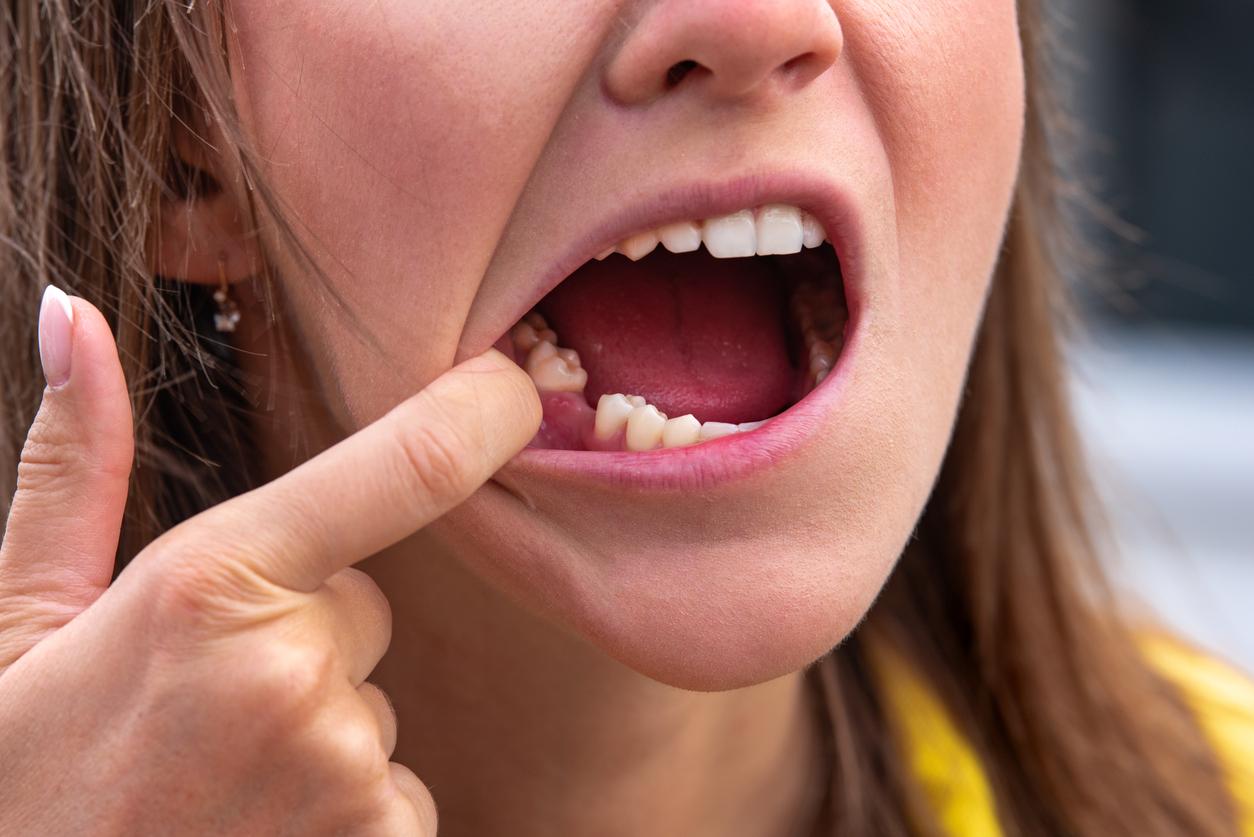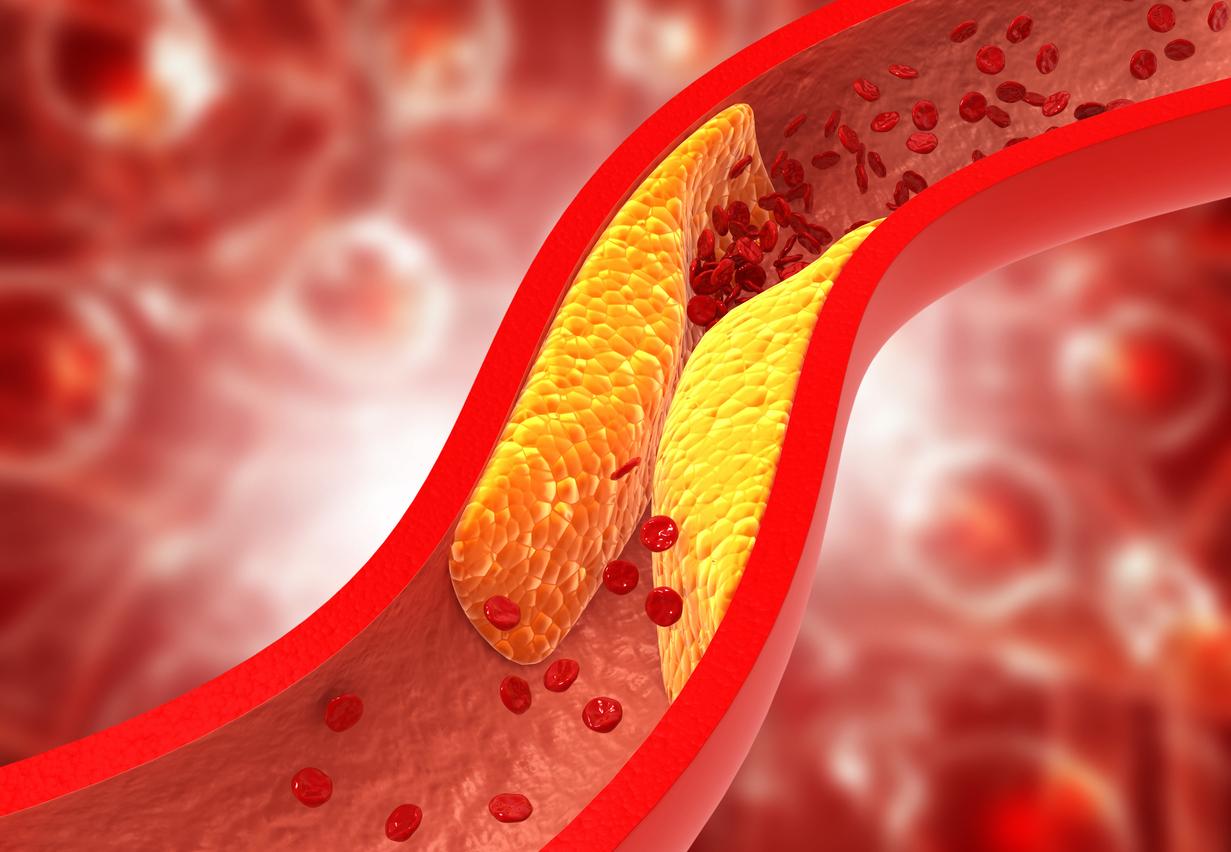Moral harassment is not only detrimental to the psychological well-being of the employee who suffers it. People who are bullied or violent at work are also more likely to have a heart attack or stroke.

Psychological pressures, humiliations, shelving, bullying, displayed disdain… Moral harassment at work may be an offence, punishable by the Civil Service Code and the Labor Code, but it remains a reality for many workers. .
According to a survey by the Cegos group carried out in 2015, 61% of people surveyed say they experience regular stress at their workplace. 1 in 4 employees claim to have already suffered a burnout during their professional career and have been the victim of moral harassment.
This suffering inflicted on the workplace in a lasting, repetitive or systematic way is not insignificant. Leading to a deterioration in working conditions, it impacts the psychological health of those who suffer from it, but also their physical health.
A new study, conducted by researchers at the University of Copenhagen and published in theEuropean Heart Journal, comes again to attest it. According to its authors, people who are victims of bullying or violence at work are at greater risk of developing cardiovascular problems, in particular a heart attack or a cerebrovascular accident (CVA).
A 120% higher risk
To reach this conclusion, the researchers looked at data from 79,201 male and female workers in Denmark and Sweden, aged 18 to 65, with no history of cardiovascular disease, who participated in three studies undertaken between 1995 and 2011. The participants have since been followed up again. When they joined the studies, they were asked about workplace harassment and how often they encountered it. Information on the number of cases of heart disease, vascular disease and the number of deaths was then obtained from national registers.
Other factors that may influence the incidence of cardiovascular disease (BMI, smoking, alcohol consumption, etc.) were also taken into account.
Of the study participants, 9% said they had been bullied and 13% had experienced workplace violence or threats of violence in the past year. The researchers also found that victims of bullying or violence (or threats of violence) at work had a 59% and 25% higher risk of cardiovascular disease, respectively, than people who were not exposed to it.
The researchers acknowledge that this is an observational study and therefore cannot demonstrate that workplace bullying or violence causes cardiovascular problems. However, they insist that the more episodes of bullying and violence, the higher the risk of cardiovascular disease. Thus, compared to people who did not suffer bullying, those who reported being bullied almost every day in the past 12 months had a 120% higher risk of cardiovascular disease.
“With this study, we cannot conclude that there is a causal relationship between workplace bullying or workplace violence and cardiovascular disease, but we provide empirical evidence supporting this relationship, especially given the plausible biological pathway between major stressors and cardiovascular disease in the workplace,” says Tianwei Xu, PhD student at the University of Copenhagen and lead author of the study.
High blood pressure and risk behaviors
How to explain this increased risk of cardiovascular disease among victims of harassment at work? According to the researchers, high blood pressure caused by stress could explain it. In addition, bullying is a source of depression and anxiety. States which can themselves lead to overconsumption of food and excessive consumption of alcohol. Stress-induced metabolic changes may also be involved.
For Tianwei Xu, the effect of bullying at work on the incidence of cardiovascular disease is “comparable to other risk factors, such as diabetes and alcohol consumption”. Hence the need to actively fight against this repeated violence in the workplace “because they constitute major stress factors for those exposed. It is also important to have intervention policies in the event of intimidation or violence “, analyzes Dr. Xu.

.

















